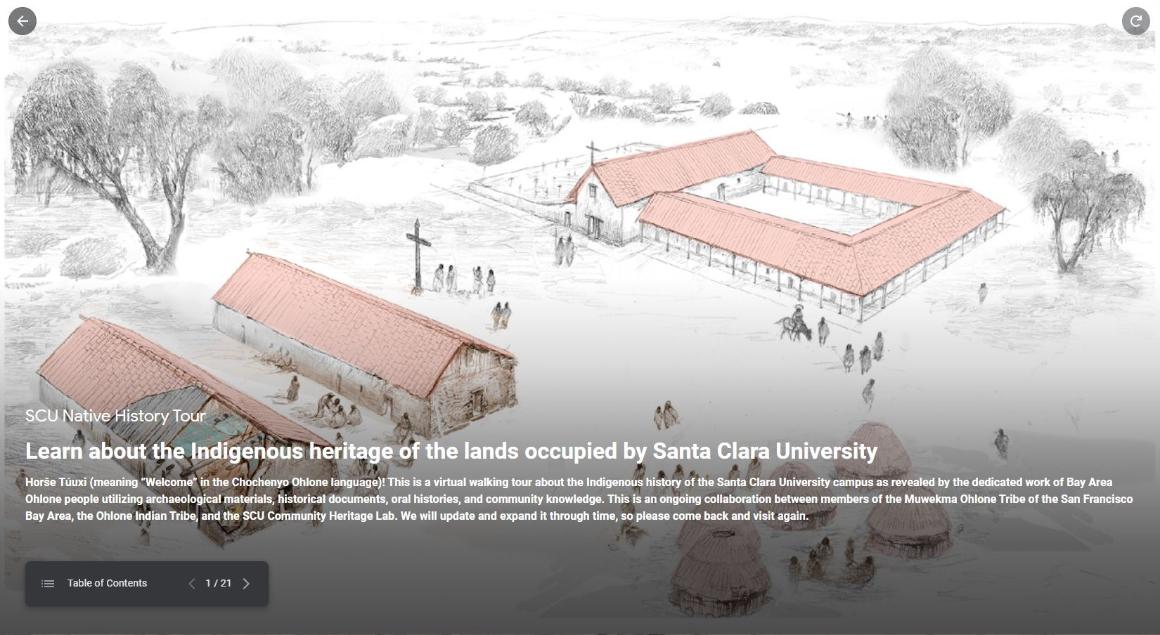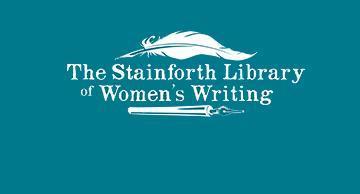
Visualizing Translation
"Visualizing Translation" is a piece of hypertext scholarship, published in in the peer-reviewed journal, Kairos: a Journal of Rhetoric, Technology, and Pedagogy. Written with co-author Laura Gonzales from the University of Florida, the article presents a longitudinal study conducted with translators and interpreters at a small non-profit organization serving Latinx communities, through data visualization. Connecting scholarship from Technical Communication, Digital Humanities, and Rhetoric and Composition, "Visualizing Translation" documents the various activities and intellectual practices that translators exhibit in their everyday work. The article enacts its scholar argument through rhetorical and innovative uses of web design and interactive data visualization to illustrate how translators negotiate a wide range of technical, cultural, and intellectual resources to complete their work.

Santa Clara Early Modern Book Initiative
The Santa Clara Early Modern Book Initiative (SCEMBI) is powered by students, faculty, and library staff. Our work uses techniques in literary studies, book history & bibliography, and library science to share and spread knowledge about the oldest books at SCU. To date, SCEMBI has raised SCU's representation in the British Library's English Short-Title Catalogue to 281 copies, and enhanced ESTC records and local OSCAR records with more accurate copy-specific data than ever before.

Encounter: Mapping Religion
The Living Religion Collaborative (LRC) Encounter Geomapping platform enables students to map local religious and spiritual spaces, practices, and communities in the Silicon Valley and beyond.
LRC faculty have developed courses that invite students to conduct ethnographic research in the field, connecting them to local religious and spiritual communities and practitioners whose religious and spiritual lives are a central focus of student learning. Each quarter, students in a range of undergraduate religious studies courses record geographically located snapshots of their observations. In addition to recording the dynamism of religion and spirituality in Silicon Valley, their observations offer insight into how young adults experience these spaces—what they see, hear, feel, and understand as interesting, significant, or meaningful

Awful Disclosures of Maria Monk
This exhibit is the culmination of a quarter's-worth of work surrounding Awful Discolures of Maria Monk, the United States' first popular nun narrative. Collaboration between the English Department and the Library's Archives & Special Collections department made this possible as throughout the quarter students delved into the world of Maria Monk. This course and the students' scholarly products serve as scalable models of digital humanities projects that use the University's historical material to stimulate critical thinking skills and promote a better understanding of how the school has transformed into the community it is today.

Composing the Archives at SCU
This exhibit is the culmination of a pilot collaboration between the English Department and the Library's Archives & Special Collections department at Santa Clara University. During the 2016 fall quarter, students in Dr. Amy Lueck's English 103: Topics in Writing and Rhetoric course applied principles of exhibit curation to the sphere of digital humanities in order to create researched arguments. Their physical and digital exhibits pursue topical and poignant discussions that explore what it is that makes Santa Clara University what it is. This course and the students' scholarly products serve as scalable models of digital humanities projects that use the University's historical material to stimulate critical thinking skills and promote a better understanding of how the school has transformed into the community it is today.
Courses: ENGL 103 Topics in Writing and Rhetoric: Composing the Archives of SCU (Fall 2016), ENGL 100 Writing in the Public Interest

Virtual SCU Native History Tour
This is a virtual walking tour about the Indigenous history of the Santa Clara University campus as revealed by the dedicated work of Bay Area Ohlone people utilizing archaeological materials, historical documents, oral histories, and community knowledge. This is an ongoing collaboration between members of the Muwekma Ohlone Tribe of the San Francisco Bay Area, the Ohlone Indian Tribe, and the SCU Community Heritage Lab.

The Eliza Bradley Narrative
This exhibit is the culmination of a pilot collaboration between the English Department and the Library's Archives & Special Collections department at Santa Clara University. During the 2016 fall quarter, students in Dr. Amy Lueck's English 103: Topics in Writing and Rhetoric course applied principles of exhibit curation to the sphere of digital humanities in order to create researched arguments. Their physical and digital exhibits pursue topical and poignant discussions that explore what it is that makes Santa Clara University what it is. This course and the students' scholarly products serve as scalable models of digital humanities projects that use the University's historical material to stimulate critical thinking skills and promote a better understanding of how the school has transformed into the community it is today.

The Stainforth Library of Women's Writing
The Stainforth Library of Women's Writing is a multi-institutional digital humanities project that recovers and studies the largest private library of Anglophone women’s writing collected in the nineteenth century, owned by Francis John Stainforth (1797-1866). His library catalog lists 7,726 editions (8,804 volumes) authored and edited by 3,721 writers, nearly all of whom are women. The titles in the collection have publication dates that cover four centuries of literary history, and these works were published in North America, Europe, Asia, and Australia. The earliest work in the collection is the 1546 edition of the Examination of Anne Askew, and the most recent works are those published in 1866, the year Stainforth died. The library features women poets, dramatists, non-fiction writers, composers, lyricists, editors, translators, journalists, printers, and artists. By digitizing Stainforth's library catalog manuscript and making it searchable, we draw critical attention to the extent of authorship and women’s writing in circulation in the nineteenth century. We also point to the fact that these authors and their texts, many of which are now rare or lost, at one time counted.
Courses: ENGL 14, ENGL 144
Bay Area Sound Map
The San Francisco Bay Area Sound Map is an interactive platform and historical archive for the soundscapes of the Bay Area.
Courses
The Glass Menagerie AR Project
By downloading the Zappar app, audience members can discover hidden AR content as part of their theatre-going experience.
Courses: THTR 29 and THTR 129: Rehearsal and Performance for The Glass Menagerie.

